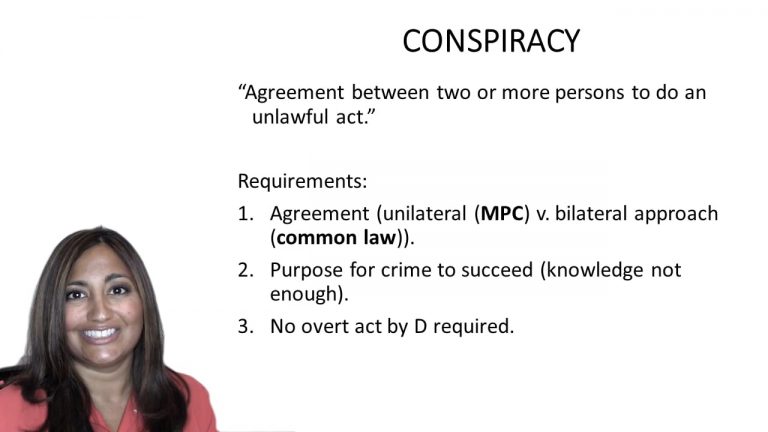SmartBrief
Confirm favorite deletion?
Criminal Law Keyed to Ohlin
United States v. Schweihs
Citation:
971 F.2d 1302 (1992)Facts
William Wemette was the owner of an adult video store in Chicago. From 1974 to 1988, he was forced to pay “street tax” to a crime group that would apparently harm anyone who would not pay.
Wemette’s business was having financial difficulties, but the current “street tax” collector informed Wemette that if he did not pay the tax, his business would be shut down possibly by an accident or a fire. Wemette complained to other organized crime figures and was told to contact Frank Schweihs. He met with Schweihs and Schweihs arranged for a new person, Anthony Daddino, to begin collecting the “street tax” payments. Thereafter, they collected $ 1,100 per month from Wemette.
Eventually, Wemette contacted the FBI and agreed to work undercover and record his conversations with Schweihs and Daddino. Schweihs told Wemette to tell Daddino to not come to his place anymore. Daddino told him “okay buddy” and was never seen by Wemette again. Instead, Schweihs came to Wemette’s apartment to collect the tax.
Daddino was convicted of a conspiracy. He appealed, arguing that the withdrawal defense should have been made available to him because his last conversation with Wemette constituted a withdrawal sufficient to entitle him to it.
Only StudyBuddy Pro offers the complete Case Brief Anatomy*
Access the most important case brief elements for optimal case understanding.
*Case Brief Anatomy includes: Brief Prologue, Complete Case Brief, Brief Epilogue
- The Brief Prologue provides necessary case brief introductory information and includes:
Topic:
Identifies the topic of law and where this case fits within your course outline.Parties:
Identifies the cast of characters involved in the case.Procedural Posture & History:
Shares the case history with how lower courts have ruled on the matter.Case Key Terms, Acts, Doctrines, etc.:
A case specific Legal Term Dictionary.Case Doctrines, Acts, Statutes, Amendments and Treatises:
Identifies and Defines Legal Authority used in this case.
- The Case Brief is the complete case summarized and authored in the traditional Law School I.R.A.C. format. The Pro case brief includes:
Brief Facts:
A Synopsis of the Facts of the case.Rule of Law:
Identifies the Legal Principle the Court used in deciding the case.Facts:
What are the factual circumstances that gave rise to the civil or criminal case? What is the relationship of the Parties that are involved in the case.Issue(s):
Lists the Questions of Law that are raised by the Facts of the case.Holding:
Shares the Court's answer to the legal questions raised in the issue.Concurring / Dissenting Opinions:
Includes valuable concurring or dissenting opinions and their key points.Reasoning and Analysis:
Identifies the chain of argument(s) which led the judges to rule as they did.
- The Brief Prologue closes the case brief with important forward-looking discussion and includes:
Policy:
Identifies the Policy if any that has been established by the case.Court Direction:
Shares where the Court went from here for this case.
Topic Resources
Topic Refresher Course

 10m 19s
10m 19s